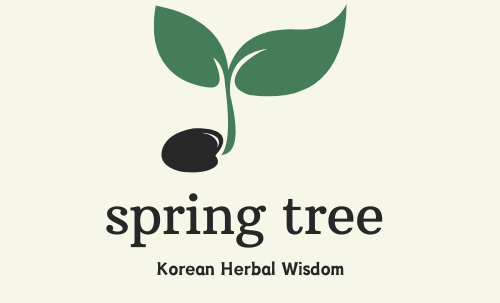“Corydalis ambigua, a springtime wild green, offers a unique flavor and freshness. Learn how to harvest, prepare, and enjoy this natural treasure.“
Corydalis Ambigua: A Taste of Spring’s Freshness
Corydalis ambigua, with its delicate purple blooms, is one of spring’s finest wild greens. Found in the mountainous regions north of Chungcheongbuk-do, this plant thrives in early spring when trees are still bare. When you stumble upon a patch, you can gently harvest a portion without disturbing the rest of the colony.
But there’s an important note: as a member of the poppy family, Corydalis ambigua may be mistaken for toxic relatives. Be sure to identify it correctly before harvesting to avoid any mix-ups.
Health Benefits of Corydalis Ambigua
Corydalis ambigua is not only a visual delight but also a healthy addition to your meals:
Digestive Aid: This wild green can soothe your stomach and support digestion.
Energizing Properties: Perfect for shaking off winter lethargy and boosting springtime vitality.
Rich in Antioxidants: Freshly prepared Corydalis ambigua provides natural antioxidants to keep you feeling refreshed.
Harvesting and Preparation Tips
When and Where to Harvest
Season: Harvest from March to May during the early spring bloom.
Location: Look for this plant in low mountain forests north of Chungcheongbuk-do.
How to Harvest
Choose tender young sprouts, stems, or flowers.
Look for its distinctive leaves: basal leaves form a ring, while the middle stem has compound leaves with oval-shaped leaflets.
Preparing Corydalis Ambigua
Blanching: Quickly blanch in boiling water and rinse in cold water to remove any bitterness.
Seasoned Salad: Mix blanched Corydalis with soy sauce, sesame oil, and garlic for a simple yet delicious side dish.
Decorative Uses: The purple flowers make a beautiful garnish for dishes.
Storing Corydalis Ambigua
Short-term storage: Use fresh leaves and sprouts within a few days, storing them in the refrigerator.
Long-term storage: Blanch, pat dry, and freeze in portions for later use.
Cautionary Notes
As a member of the poppy family, Corydalis ambigua may contain mild toxins, so correct identification is crucial. Always eat it in moderation and start with small amounts when trying it for the first time.
